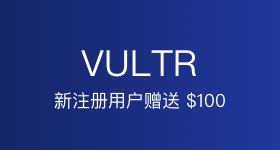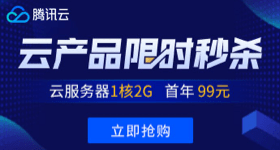Navigating Recurring Payments in India: A Backend Perspective
摘要
In October 2021, a directive issued by the Reserve Bank of India (RBI) came into effect that introduced new requirements related to recurring payments in India. The requirements in the directive include the following:
- All recurring payments require a one-time authorization from the payer via an e-mandate that is registered through an Additional Factor of Authentication (AFA).
- Recurring payments up to and including the RBI threshold amount can be automatically collected with a successfully registered e-mandate in place, while recurring payments greater than the threshold amount require the payer to authorize the payment by completing an AFA. Each recurring payment will require a pre-debit notification to be sent to the payer at least 24 hours prior to any charge.
To address the new RBI framework for recurring payments in Shopify’s billing platform, we worked with a local payment provider that could accommodate both card-based payments as well as a local payment method called Unified Payments Interface (UPI).
From a backend perspective, all these complexities meant a few things for our internal payment service. Particularly, the system would need to:
- model the new e-mandate concept
- handle recurring and one-time payments
- work with cards and UPI
- do all of the above with a new payment provider
欢迎在评论区写下你对这篇文章的看法。


